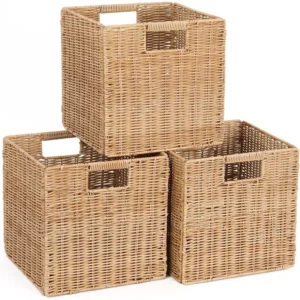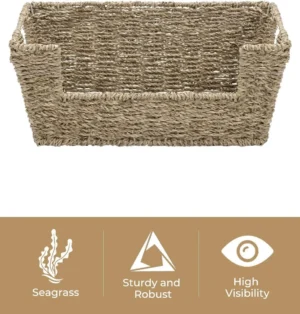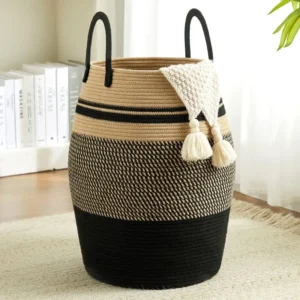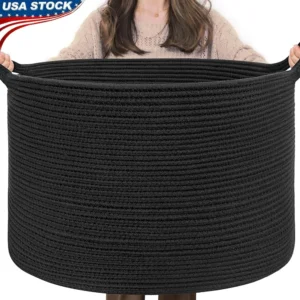Introduction: The Perfect Marriage of Wicker and Minimalism
Interior design has evolved significantly over the years, shifting from stark, cold minimalism to a warmer, more inviting approach that still values simplicity. This transformation has welcomed natural elements into clean, uncluttered spaces, creating what many now call “warm minimalism.” At the heart of this evolution is wicker – a versatile material that adds texture and organic warmth while respecting minimalist principles.
The beauty of combining wicker with minimalist design lies in the balance it creates. While traditional minimalism can sometimes feel sterile or impersonal, introducing wicker elements adds character and life without compromising the clean aesthetic that makes minimalist spaces so appealing. This thoughtful integration creates homes that feel both organized and welcoming – spaces that breathe but still feel lived-in.
Throughout this article, we’ll explore practical ways to harmonize wicker with minimalist design principles, helping you create spaces that feel intentional, balanced, and warm. Whether you’re new to incorporating wicker in home design or looking to refine your approach, these strategies will guide you toward a more organic minimalist home.
The Natural Harmony: Why Wicker Enhances Minimalist Spaces
The Texture-Balance Relationship
Minimalist spaces are defined by clean lines, open areas, and an absence of clutter. While visually calming, these environments can sometimes lack dimension and warmth. This is where wicker’s natural texture becomes transformative. The woven patterns and subtle variations in wicker create visual interest and tactile appeal without overwhelming the space or introducing unnecessary complexity.
Psychological Benefits of Natural Elements
Research consistently shows that natural materials positively impact our well-being. When incorporated into wicker in minimalist design, these organic elements reduce stress and create a sense of connection to the natural world. The result is a space that feels both ordered and nurturing – addressing both our desire for calm organization and our innate need for natural surroundings.
Versatility Within Modern Aesthetics
Today’s wicker is not limited to traditional forms or rustic applications. Modern wicker pieces feature clean lines, innovative shapes, and contemporary finishes that align perfectly with minimalist sensibilities. This versatility allows wicker to enhance various design styles while maintaining the simplicity that minimalism demands.
Biophilic Design Integration
Wicker supports biophilic design – the concept of connecting humans with nature in built environments. In minimalist spaces where synthetic materials might otherwise dominate, wicker introduces a subtle organic presence that satisfies our biological need for natural surroundings without compromising the clean, uncluttered aesthetic.
6 Essential Principles for Integrating Wicker in Minimalist Design
Principle 1: Strategic Curation – Quality Over Quantity
The cornerstone of successful minimalist design with wicker is thoughtful selection. Rather than filling your space with numerous wicker pieces, focus on choosing a few high-quality items that make a statement. This approach honors the minimalist philosophy while allowing the natural beauty of wicker to shine.
Consider which areas of your home would benefit most from wicker’s warming presence. Perhaps a living room needs a textural focal point, or a bedroom could use a touch of organic material to soften its lines. By selecting premium wicker baskets and furniture pieces with intention, you create a more cohesive and impactful design.
Remember that in minimalist design, each piece should earn its place. A single, well-designed wicker pendant light can transform a dining area more effectively than multiple smaller wicker accessories scattered throughout the space.
Principle 2: Embrace Clean Silhouettes
When selecting wicker pieces for a minimalist home, prioritize items with clean, streamlined silhouettes. Look for designs that feature:
- Simple geometric shapes
- Straight lines or gentle curves
- Minimal ornamentation
- Structural clarity
Modern wicker pieces often feature sleeker profiles than their traditional counterparts. For example, contemporary wicker dining chairs typically have slimmer frames and more defined lines than ornate traditional designs. This visual lightness prevents wicker from overwhelming your minimalist space while still providing the warmth of natural texture.
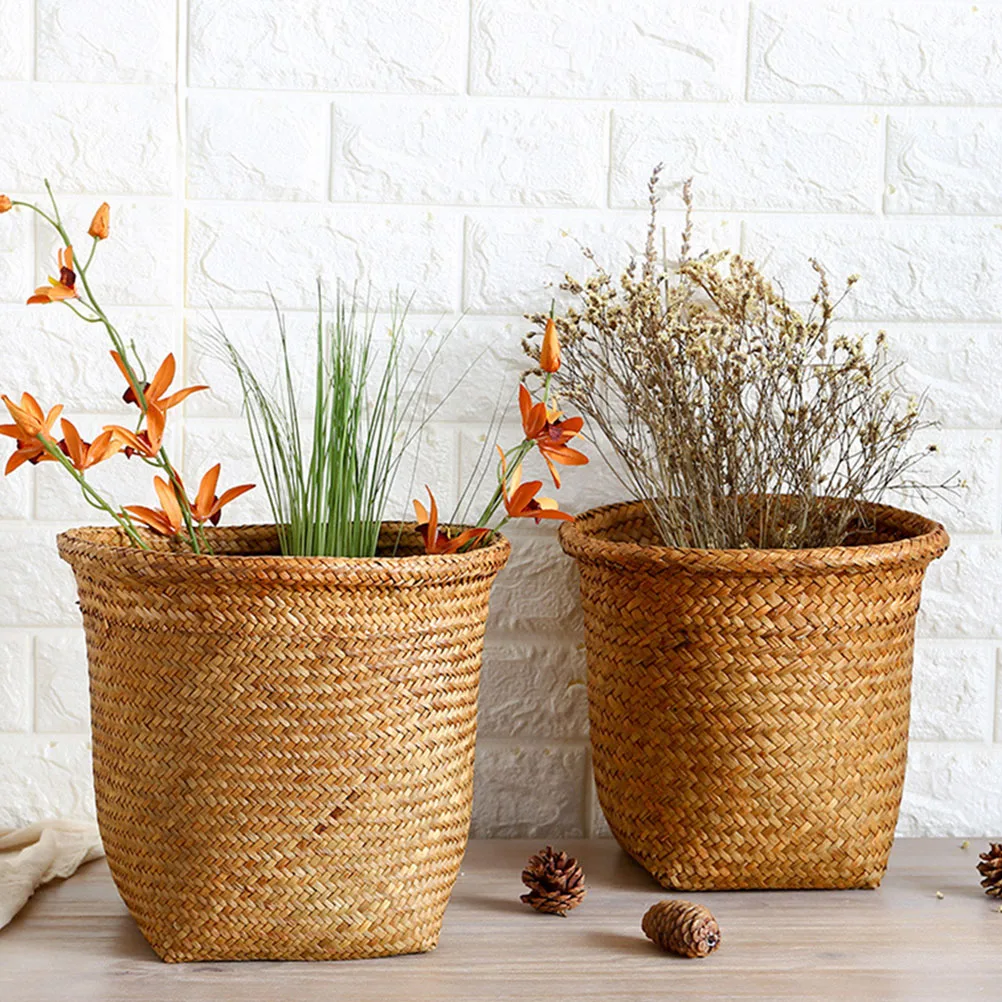
Principle 3: Maintain a Neutral Foundation
Wicker naturally complements a neutral color palette, which is another reason it pairs so beautifully with minimalist design. To create harmony:
- Build your space around whites, beiges, grays, and earth tones
- Allow wicker’s natural color variations to add subtle dimension
- Consider the undertones in both your wicker pieces and surrounding elements
- Use natural wicker for warmth or painted wicker for a more contemporary look
A neutral foundation allows the textural qualities of wicker to become more prominent. Against a white wall, for instance, the intricate weave patterns of a wicker chair become an artistic element rather than competing with bolder colors for attention.
Principle 4: Layer Complementary Natural Materials
Creating depth in minimalist spaces involves thoughtfully layering complementary materials. Wicker works beautifully alongside:
- Unfinished or lightly finished woods
- Natural stone
- Linen, cotton, and other natural fibers
- Ceramic and earthenware
The key is maintaining proportion and balance. For example, a bedroom might feature a wicker headboard paired with linen bedding and wooden side tables. Each material contributes its unique texture while sharing a common natural origin and neutral palette. This layering creates sensory richness without the visual clutter that minimalism avoids.
Learning about natural materials that complement wicker can help you create more cohesive spaces that honor both minimalist principles and organic warmth.
Principle 5: Prioritize Functional Wicker Pieces
In true minimalist fashion, wicker elements should serve a purpose beyond mere decoration. Functional wicker pieces align with the minimalist philosophy of intentional living and purposeful possessions.
Consider how wicker storage solutions can help maintain the clutter-free environment that minimalism requires. Storage baskets, magazine holders, and organization systems made from wicker provide practical benefits while contributing to your design aesthetic.
Multi-functional wicker furniture, such as storage ottomans or benches with hidden compartments, maximizes utility in minimal spaces. These pieces serve multiple purposes without requiring additional items that might clutter your carefully designed rooms.
Principle 6: Enhance Natural Light with Wicker Elements
Natural light is a precious commodity in minimalist design, creating openness and highlighting the beauty of carefully selected materials. Wicker’s semi-transparent quality makes it an ideal partner for light-focused spaces:
- Position wicker pieces near windows where light can filter through them
- Consider wicker pendant lights or lampshades that create interesting shadow patterns
- Use wicker room dividers or screens to partition spaces while allowing light flow
- Place wicker chairs or benches where they can catch morning or evening light, highlighting their texture
This interplay between light and wicker’s natural texture adds dimension and movement to minimalist spaces without requiring additional decorative elements.
Room-by-Room Guide: Applying Wicker in Minimalist Settings
Living Room Integration
The living room offers multiple opportunities to incorporate wicker while maintaining minimalist principles:
- An accent chair with a wicker frame provides a focal point without overwhelming the space
- Coffee tables with wicker elements add warmth to conversational areas
- Wall-mounted wicker shelving offers both display and storage with a light visual footprint
- Wicker furniture for small spaces can maximize functionality while maintaining an open feeling
When selecting wicker pieces for the living room, consider how they interact with existing furniture. The goal is to create balance between wicker’s texture and smoother surfaces like leather, glass, or polished wood.
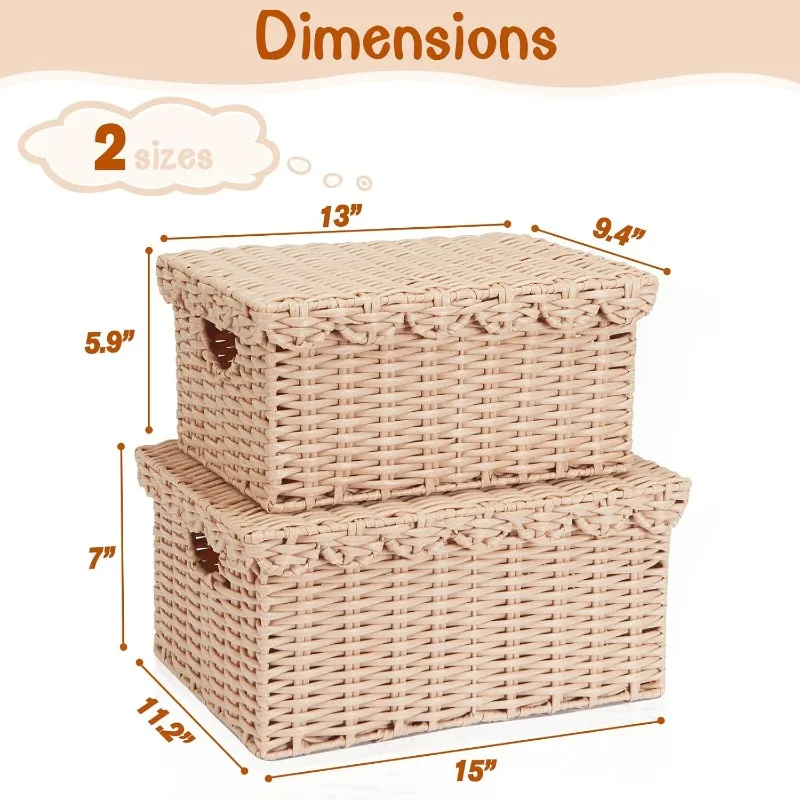
Bedroom Sanctuary
In the bedroom, wicker can enhance tranquility while maintaining minimalist principles:
- A wicker headboard creates a natural focal point without requiring additional artwork
- Under-bed storage baskets keep essentials accessible yet out of sight
- Bedside table lamps with wicker bases add texture without consuming much visual space
- A single wicker chair can create a reading nook without cluttering the room
The bedroom’s peaceful nature makes it ideal for showcasing wicker’s organic qualities while honoring the simplicity that promotes restful sleep.
Dining Area Elegance
The dining area benefits from wicker’s warmth and textural interest:
- Wicker dining chairs paired with a simple table create an inviting yet uncluttered dining experience
- A wicker pendant light serves as both functional lighting and an artistic element
- Table accessories like bread baskets and placemats in wicker add warmth to mealtimes
- Wicker baskets with handles on nearby shelves provide accessible storage for table linens and serving pieces
The dining area should balance formality with comfort, making wicker’s natural yet refined appearance particularly appropriate.
Practical Applications in Other Spaces
Throughout the home, wicker can solve organizational challenges while enhancing your minimalist aesthetic:
- Entryway: A wicker bench with storage beneath creates a welcoming first impression
- Home office: Desk organizers and file baskets add warmth to a productivity-focused space
- Bathroom: Wall-mounted wicker shelving and containers keep essentials organized yet accessible
- Outdoor spaces: Weather-resistant wicker extends your minimalist aesthetic to patios and balconies
Black Wicker Baskets, Rattan Storage Baskets, Tall Wicker Baskets, Wicker Shelf Baskets, Woven Storage Baskets
5-Tier Distressed Black Wood Frame Storage Tower with Removable Wicker Baskets for Home Organization$715.80 Select options This product has multiple variants. The options may be chosen on the product pageWicker Laundry Baskets, Woven Laundry Baskets, Woven Storage Baskets
$392.02 Select options This product has multiple variants. The options may be chosen on the product pageRattan Shelf Baskets, Rattan Storage Baskets, Small Wicker Baskets, Square Wicker Baskets
Square Plastic Wicker Storage Baskets Set of 3 with Collapsible Design for Cube Storage Organization$185.47 Select options This product has multiple variants. The options may be chosen on the product pageWicker Baskets with Handles, Wicker Storage Baskets, Woven Storage Baskets
$137.92 Select options This product has multiple variants. The options may be chosen on the product pageLarge Wicker Laundry Baskets, Tall Wicker Baskets, Woven Laundry Hampers, Woven Storage Baskets
$130.54 Select options This product has multiple variants. The options may be chosen on the product pageWicker Blanket Baskets, Woven Laundry Baskets
$89.60 Select options This product has multiple variants. The options may be chosen on the product page
These applications demonstrate how wicker can serve practical needs while contributing to a cohesive design vision across your entire home.
Avoiding Common Pitfalls: Fine-tuning Your Wicker-Minimalist Balance
Preventing a Dated Appearance
To ensure wicker feels contemporary rather than outdated:
– Choose pieces with modern silhouettes and finishes
– Avoid overly ornate or intricate weaving patterns
– Select wicker in unexpected forms like lighting fixtures or wall art
– Pair wicker with contemporary materials like metal or glass
Managing Visual Weight
To prevent wicker from overwhelming your minimalist space:
– Balance areas of texture with smooth, uninterrupted surfaces
– Create breathing room around wicker pieces
– Consider the scale of wicker items in relation to your space
– Implement effortless organization with wicker baskets to maintain clean lines
Creating Stylistic Cohesion
To ensure wicker integrates seamlessly with your minimalist aesthetic:
– Maintain consistency in wicker color and weaving style throughout your space
– Choose wicker that echoes other design elements in shape or proportion
– Consider the overall color story and ensure wicker complements it
– Create intentional connections between rooms through repeating wicker elements
Sustainable Aspects: Wicker’s Eco-Friendly Role in Minimalist Design
The alignment between wicker and minimalism extends to sustainability concerns as well. Minimalist philosophy emphasizes quality over quantity and mindful consumption – principles that naturally support environmental responsibility.
Natural wicker materials like rattan, bamboo, and reed are renewable resources that grow relatively quickly compared to hardwoods. When harvested responsibly, these materials have minimal environmental impact and can be biodegradable at the end of their lifecycle.
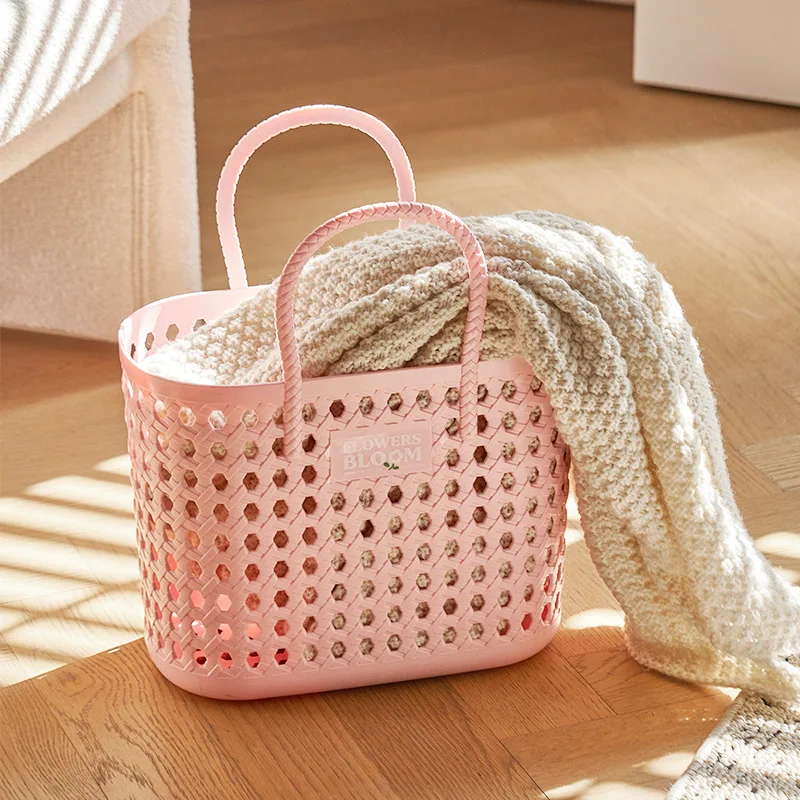
The longevity of quality wicker pieces also supports sustainable living. Well-crafted wicker can last for decades when properly maintained, reducing the need for frequent replacements. This durability aligns perfectly with the minimalist preference for fewer, better items rather than disposable consumption.
When shopping for wicker, look for pieces made from natural vs synthetic wicker materials and those produced using sustainable manufacturing practices. Many artisans and companies now prioritize environmental responsibility in their wicker production processes.
Shopping Guide: Selecting Quality Wicker for Your Minimalist Space
When investing in wicker pieces for your minimalist home, quality assessment becomes crucial. Look for these indicators of well-crafted wicker:
- Tight, consistent weaving patterns without gaps or loose ends
- Sturdy construction with solid joints and reinforcements at stress points
- Even coloration and finishing throughout the piece
- Smooth surfaces free from rough spots or splinters
- Weight appropriate to the item (quality wicker has substantial heft)
Different wicker materials offer various benefits. Natural rattan provides classic appeal and durability, while bamboo offers exceptional strength. Sea grass brings unique textural variation, and paper wicker provides contemporary styling options.
For minimalist homes, consider investing in statement pieces like a wicker accent chair or room divider, while more affordable accent items like woven storage baskets can be refreshed more frequently if desired.
Questions to Consider When Incorporating Wicker into a Minimalist Home
Can wicker work in ultra-modern minimalist spaces?
Yes, especially when selecting pieces with clean lines and contemporary designs. Modern wicker often incorporates mixed materials like metal frames or glass tops that complement ultra-modern aesthetics.
What exactly makes a wicker piece ‘minimalist-friendly’?
Minimalist-friendly wicker typically features simple forms, purposeful design, natural or neutral coloring, and functional value. The piece should serve a clear purpose while adding textural interest without unnecessary ornamentation.
Which rooms benefit most from wicker accents?
While wicker can enhance any space, living rooms and bedrooms often show the most dramatic transformation when wicker is introduced. The living room benefits from wicker’s ability to add warmth to conversational areas, while bedrooms gain a sense of tranquility from wicker’s natural associations.
How does natural wicker compare to synthetic options in minimalist design?
Natural wicker brings authentic organic texture and sustainable appeal that aligns with minimalist values, while synthetic options offer greater durability in challenging environments like bathrooms or outdoor spaces. Both can work in minimalist design when selected with clean lines and simple forms.
The combination of wicker and minimalism creates spaces that feel both intentional and welcoming. By following these principles, you can achieve the perfect balance of simplicity and warmth that Scandinavian minimalist design has long celebrated – proving that minimalism need not feel cold or impersonal when thoughtfully executed with natural elements.




